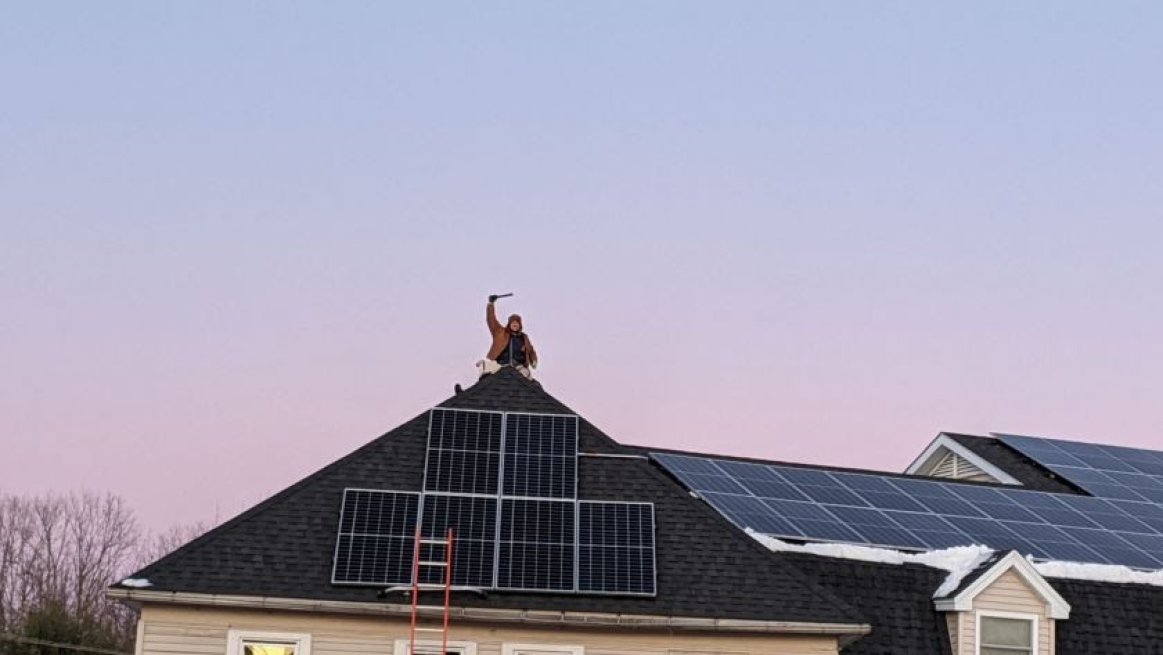
While many homeowners are looking to add solar to their homes, not all of them are looking to implement the most expensive system. Sometimes a homeowner customer is looking for the cheapest option available to them. When working with these customers, there are multiple strategies helping you to meet their financial needs and land a customer for your business.
One of the easiest options is to size the homeowner for a smaller system. If they are looking for a cheaper solution, offering a lower kW system can still provide the homeowner with a strong payback on their electric bill without having them cover the entire electricity cost. For example, in CA homeowners receive a faster payback if the higher loads are offset. In certain cases it’s better for your customers to offset their most expensive electricity rather than their entire load.
Another key strategy to save costs is to design a system that will make the most of the roof that you have. Make sure that the modules are spaced in the most efficient way possible, including 4 at a time in portrait. By optimizing roof space, you can eliminate the amount of rail that you are using and reduce your hard costs on equipment. If you are using a design tool from a top racking manufacturer, they provide a bill of materials that are optimized for the lowest cost possible. Following the manufacturer’s recommendations can be a simple way to save money on each system you design and implement.
When it comes to choosing the right panel and inverter for a budget-friendly project, most manufacturers have similar production warranties. For panels, the typical warranty is 20-25 years. On the other hand, inverters have warranties that range from 10-15 years, so choosing the right inverter can be a crucial decision. Choosing the inverter product that meets your project’s needs is more crucial than the cost savings from a cheaper product.
If you are looking for help designing a solar system for your next project, residential or commercial, contact our engineering team today.